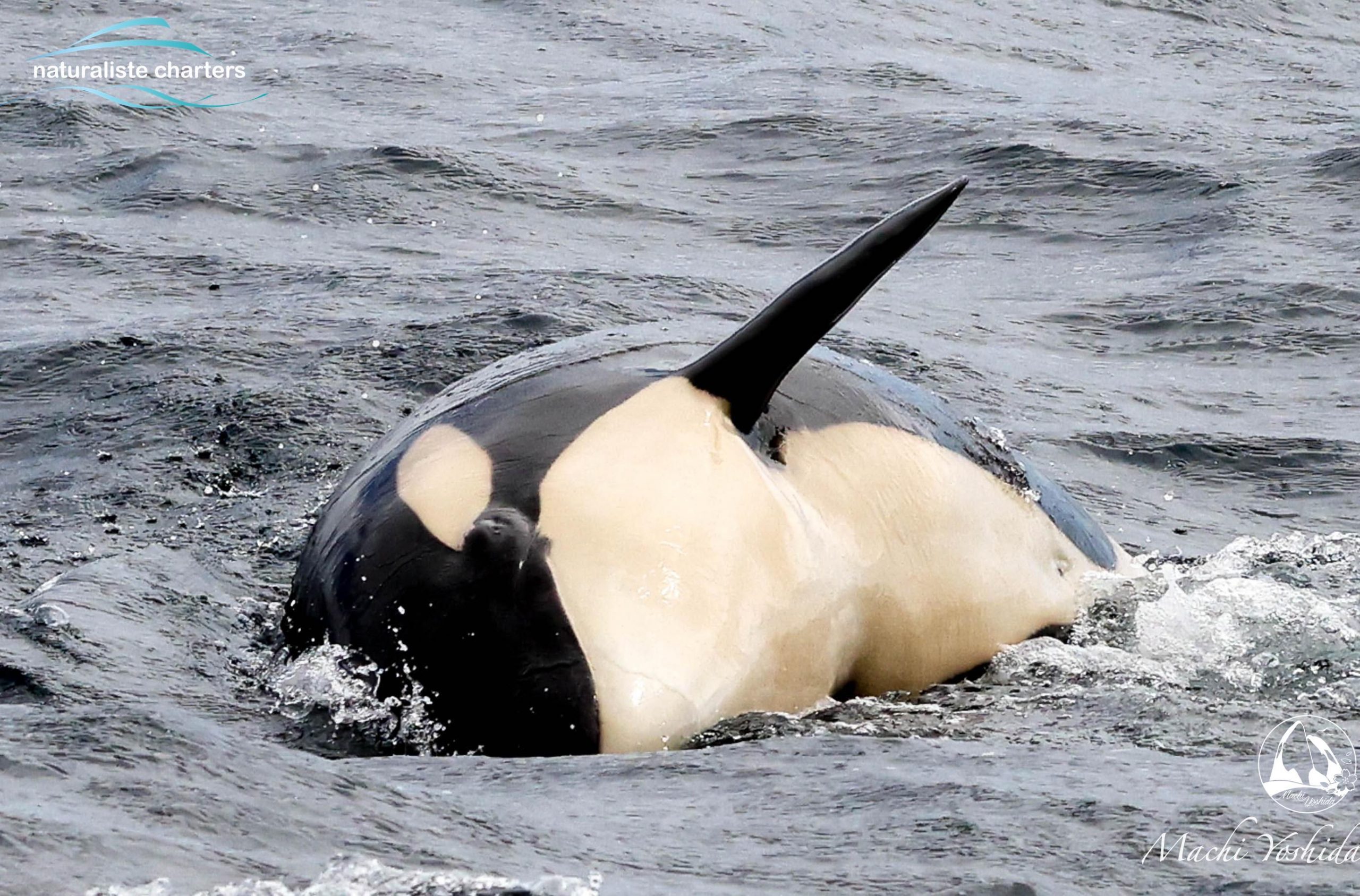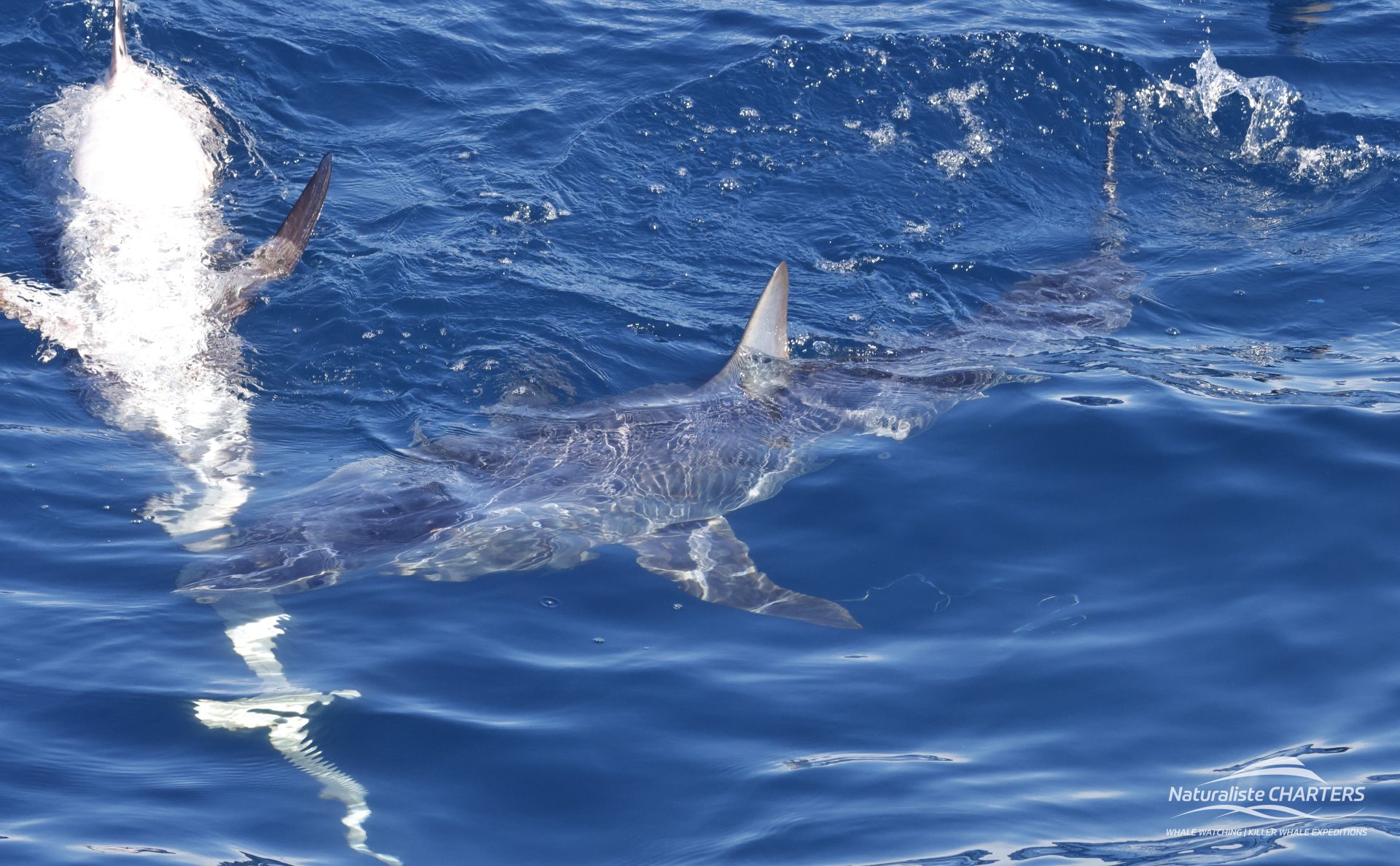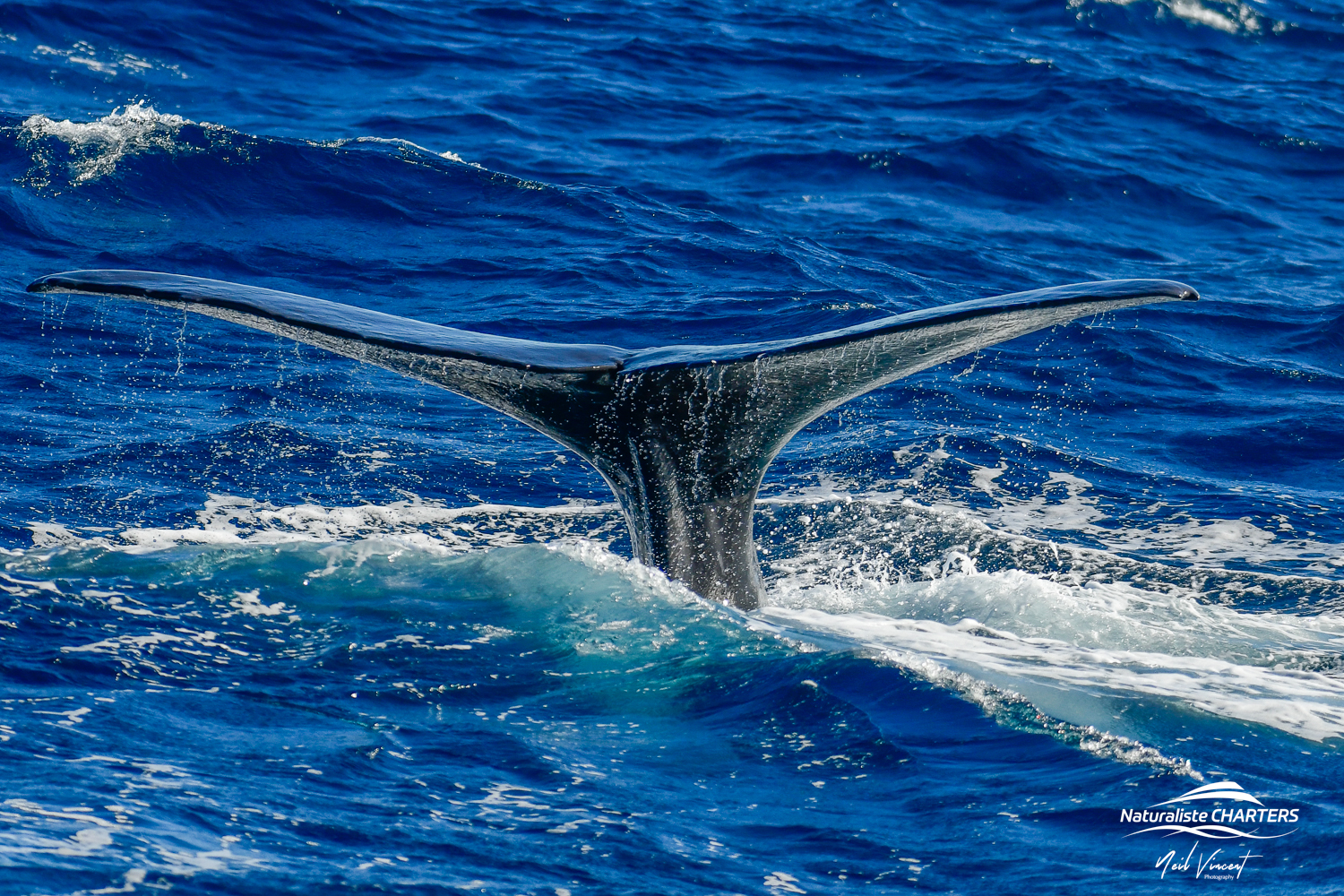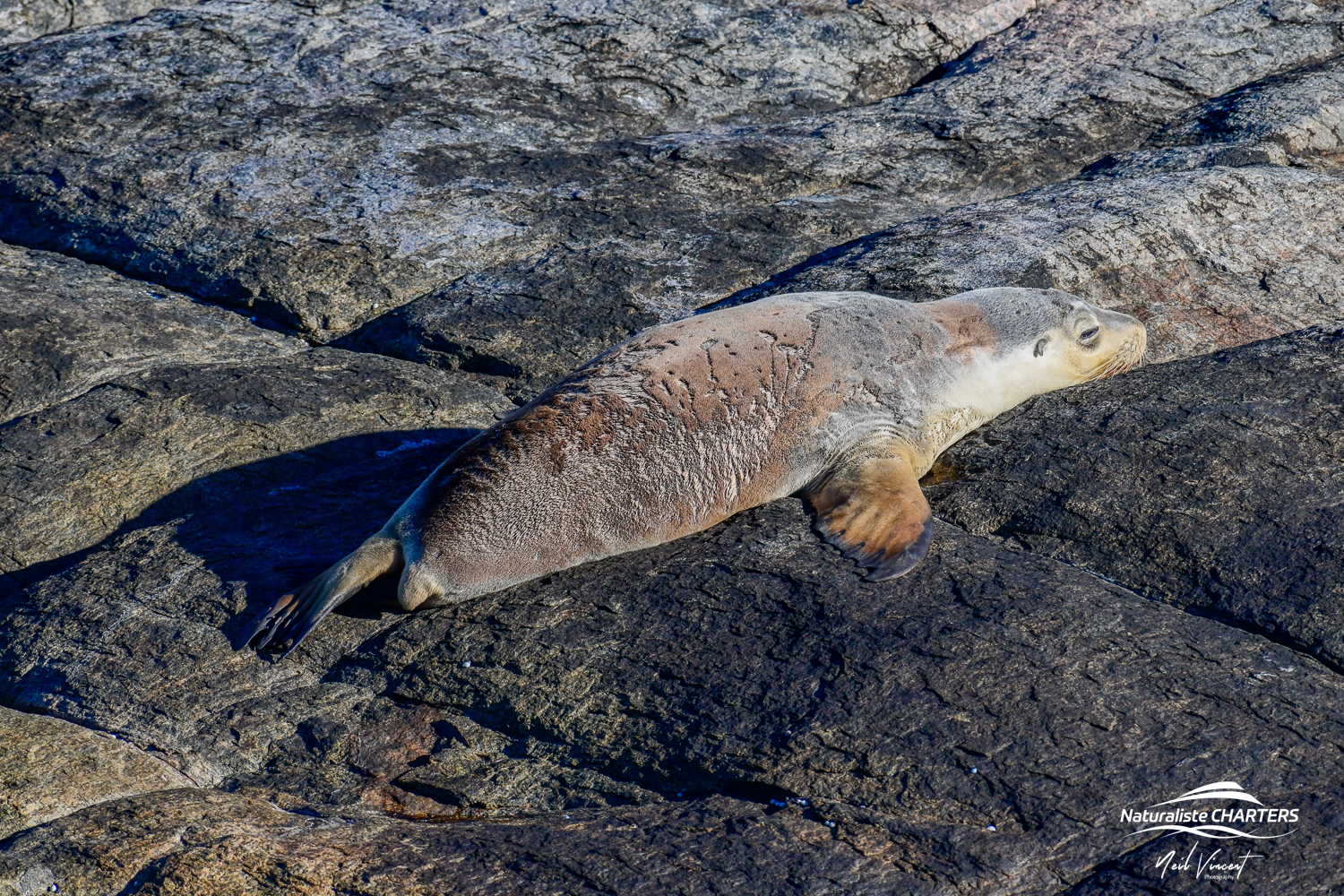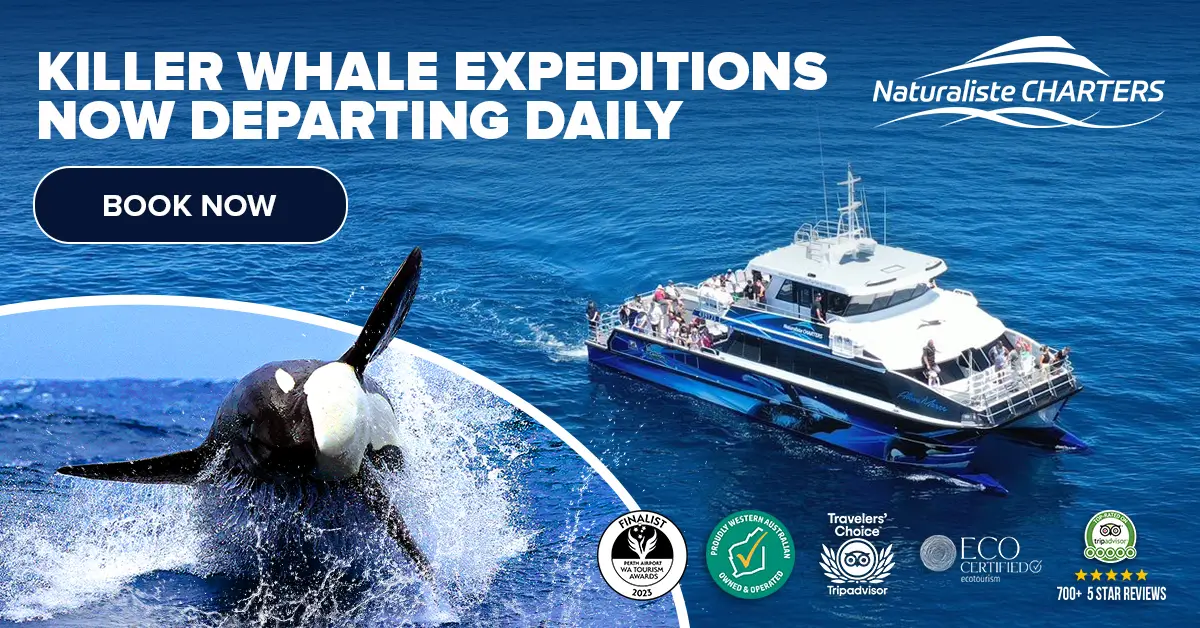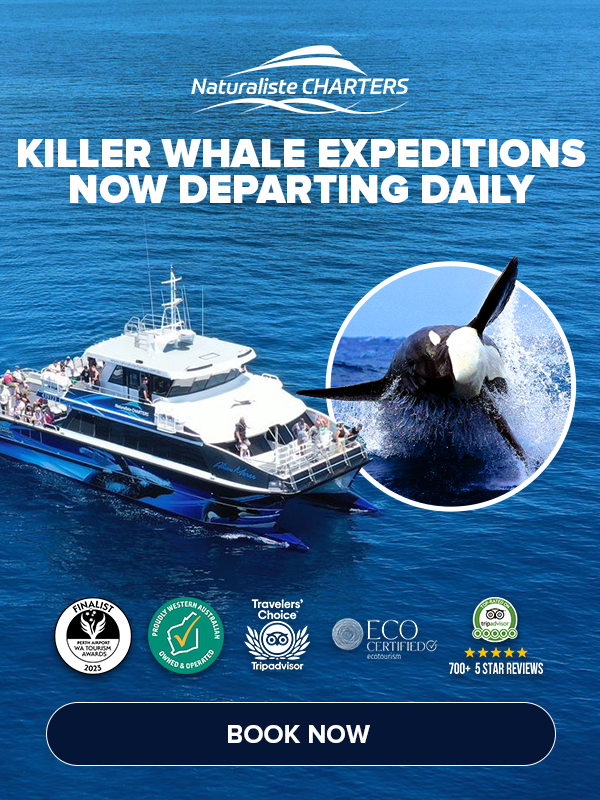Orcinus orca
It sounds commanding right? Orcinus orca, the killer whale. That is the scientific name of an Orca (which is also known as a Killer Whale) and it suits them perfectly. The black and white marine mammal commands attention whenever it is encountered and observed. This apex predator is socially adaptive and intelligent among many other things.
This blog we will go into the lifecycle of an orca, the killer whale and their milestones. Including lifestyle, diet, reproduction plus much more. I will also throw in a few fun orca facts and Killer Whale situations I have personally encountered.
Let me introduce myself! I am Pia Markovic, Marine Biologist with Naturaliste Charters and have been working with orcas, the killer whale, in Bremer Bay, Western Australia for a few years now. In the beginning, it’s safe to say I was bamboozled by this marine animal. The bewilderment, fascination and respect has only grown stronger the more I learn about them. Over these past few years I have met and liaised with respectable scientists particularly those in the field of whales and dolphins and have had my eyes opened to the world of intelligent animals. An aspect of my role is to facilitate an educational and inspirational experience with humans and orca, the killer whales. Hopefully this blog post will do both of those.
Orca Life Cycle: from neonate to matriarch.
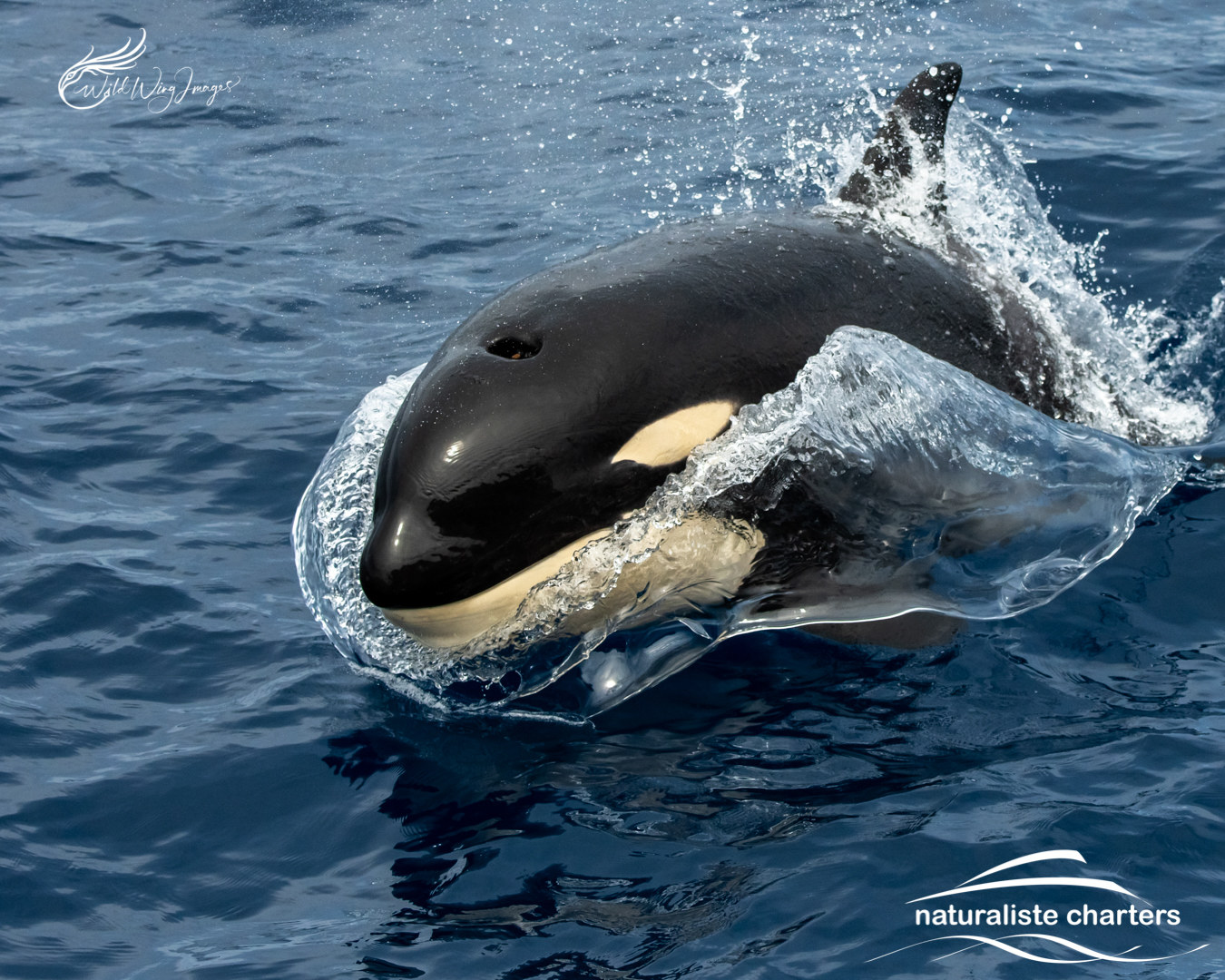
Birth:
After a 15 to 18 month long gestation an orca will give birth to a 2m and 180kg calf. This teeny orange coloured (lack of blubber so blood vessels sit closer to the skin’s surface) neonate is fully dependent on its mother for the first year of its life. This time is when it is most vulnerable and has the highest mortality rate. Since the mother and father do not share the same pod, the calf will not be aided by its father during its life and will look to its older male siblings for these paternal teachings.
It will grow steadily, drinking its mothers milk, learning hunting techniques from its family and spending quality time with older siblings and other young whales. We quite often see a neonate next to their much larger male sibling. This is typically a “bull” or male orca going through its sexual maturity. There are currently no studies conducted on this behaviour.
Toddler:
The calf will spend the first five years of life learning directly off its family or pod. Just like every other baby animal, orcas are playful, curious and clumsy. They are still learning how to maneuver through the water and it is something I could personally watch for hours. The calves are quite rough with each other. Bumping heads, pushing below and out above the water, biting, you know all the good stuff! Typically this is the older siblings out-muscling the smallest of the group.
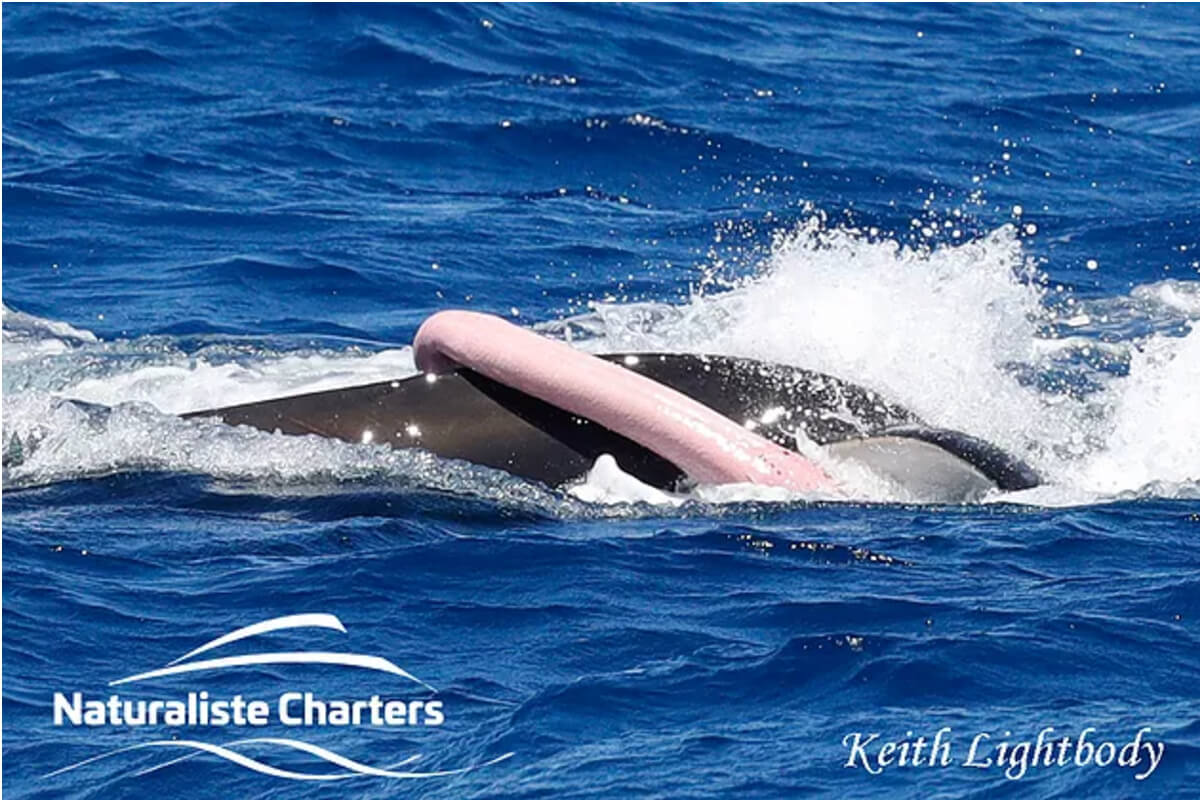
Teenager:
There is an extensive and never ending argument about anthropomorphising animals (attribute human characteristics and behaviours) and for the sake of this I will not be excluding it. After all they are highly intelligent mammals… and so are we! It helps us to understand the species and maybe even connect better. The more we learn about whales and dolphins, especially orca facts, the more we can discover our similarities and consequently protect them better and manage humans effectively.
They absolutely have a teenage phase, especially the males. That period right before sexual maturity when their size is commanding but they don’t quite know how to “use it” yet. Males of similar relation (e.g. cousins) will practice mating on each other, it is believed that some pods will even have mum help out…..! This is able to happen since all orca have a genital slit. (See blog post on orca sex for more infomation)
We have observed this behaviour a few times now where a male killer whale, somewhere between 10 and 15 years old is not shy. They are usually in a high energy social situation, such as after a big predation (successful hunt and feeding) and will swing past our boat with their junk out. The prehensile penis is bright pink and against a black and white contrast, it is not easily missed. One male even turned on his back with his TONGUE out, then lifted his body and flashed his PENIS too!
Adult:
Females tend to mature around 12 years old. Males take a little longer, maturing around 20 years old. Females do not appear any different, but males will go through a physical maturity too. Their dorsal fin can grow extensively in a short amount of time reaching 1.8 metres tall!!! That’s a fin most likely taller than you reading this!
The social structures are too complex to wrap up in one blog post so I will only graze the surface here. The family unit stays together, if it grows too big with too many cousins and offspring the pod may divide into two, but they will stay in close contact with each other. The pod is led by a matriarch, who is an adult female. We do not understand how or why a particular matriarch is chosen and what or even if there is a process but it is typically the oldest female.
This matriarch is said to decide who is able to procreate and may even play a role in the selection of a mate. A female is outsourced for the matriarch’s son, temporarily swapping pods for the duration of mating and then returning back to their respective pods afterwards. In a complex society like that of Orcas,the killer whale, inbreeding is avoided. The matriarch is involved in educating the young and we have observed this behaviour very closely with hunting techniques of large baleen whales. One of the hardest prey to take down, orcas need a small army to successfully hunt a humpback, fin, grey or blue whale. They manage it through cooperation, structure and communication earning them the title orca, the killer whale!
Females have been observed to live to over 100 years old. Males, who seemingly don’t play as much a role in adult life, will leave his mothers pod and become solitary. Joining in on predations when multiple pods are called on for assistance!
Orca old-age is not well documented. When a calf dies, its mother will mourn, sometimes not eating for days. What happens at the other end of the life cycle is still a mystery. We are still yet to learn what happens when a matriarch dies and how this impacts the behaviours of the pod.
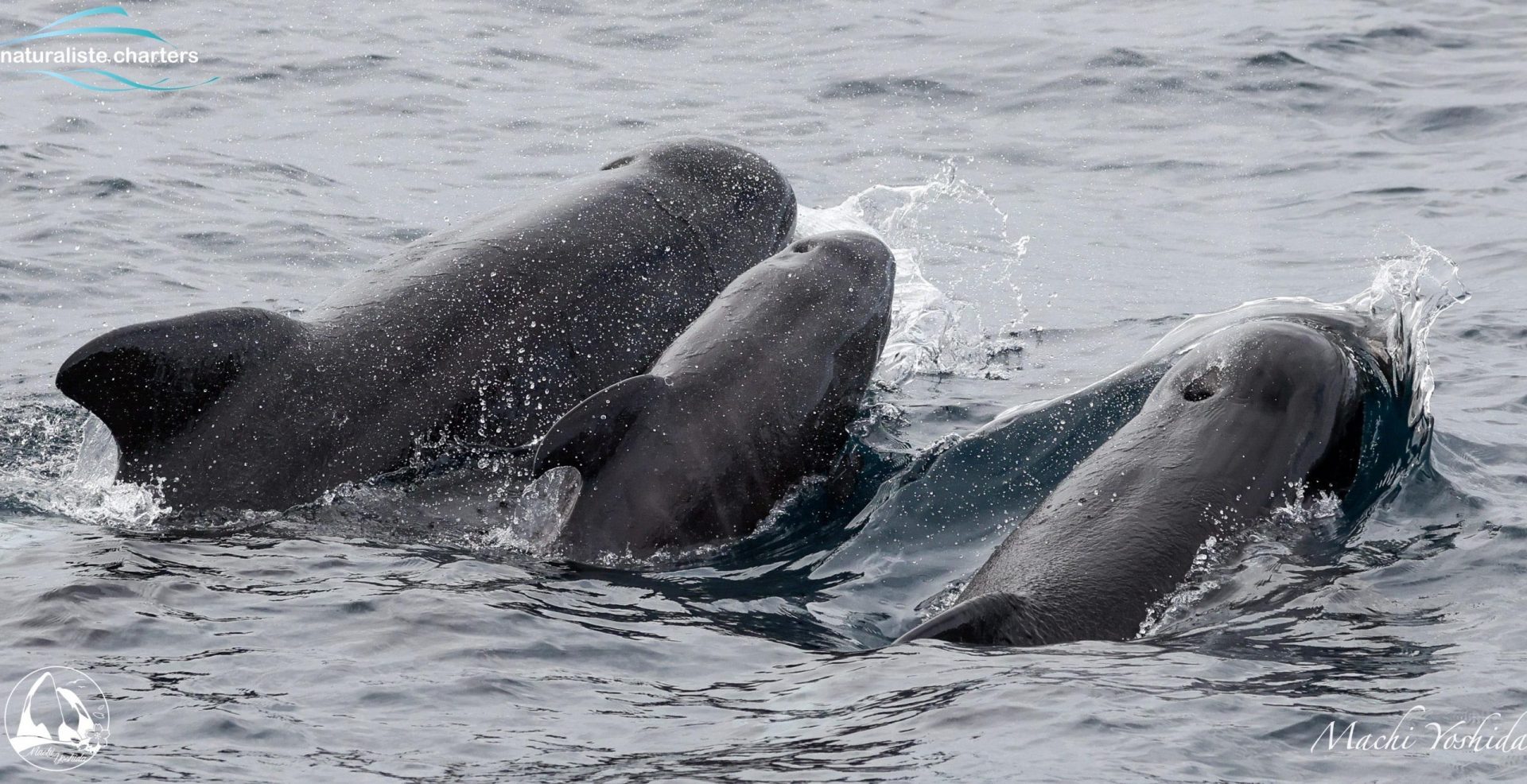
How smart are orcas?
This is a question I do not think we can really answer. Anyone who has ever looked into the eye of an orca knows that their intelligence is not even up for debate. Physically, their brain is much larger than ours and is the second largest for body-size ratio, weighing about 6.5 kilograms. This big brain has more folds and “grey” areas which means that there are a lot more functions occurring.
In the limbic section of the brain, the area that processes emotions, orcas, the killer whales, have a whole other fold, not observed in humans. This is called the paralimbic area. The orcas have higher functionality when dealing with emotions and abstract thinking e.g. problem solving.
In humans there is one pathway for our auditory functions. Orcas have two. This suggests a heightened understanding of linguistics, communication and processing of sounds. We know from recent studies that the orcas in Bremer Bay, Australia are observed to have an “Aussie” accent and this no doubt forms a huge part of their social structures.
Where to see orca in the wild?
As mentioned above, Bremer Bay in Western Australia is home to a large population of Killer Whales. Naturaliste Charters are the founders of expeditions here and will be coming into the tenth season of conducting these expeditions. This blog post above only skims the surface for orcas, touching on a few orca facts! If you have questions or would like to join us on an expedition where you can learn so much more, follow this link https://naturalistecharters.com.au/bremercanyonkillerwhales/ .

